The Toxic Substances Control Act, a piece of legislation that gives the United States Environmental Protection Agency (EPA) the authority to regulate toxic chemicals, is failing to protect our Great Lakes and our public health. Over 20% of the shoreline of the Great Lakes are impaired due to sediment contamination, and 33% of the 1,305 sites in the United States are in the Great Lakes Region.
The Safer Chemicals, Healthy Families coalition has released a report stating that the EPA has required testing of fewer than 200 of the 26,000 chemicals that were grandfathered in under the law when it was passed in 1976 and that newer chemicals (that are actively being used in common products and often find their way into water bodies) have not been adequately addressed.
According to the report,
"These newer sources of contamination include bisphenol A (BPA), phthalates, alkyphenols, 5-methyl- 1H-benzotriazole, synthetic musks, Triclosan, polybrominated diphenyl ethers (PBDEs), and other flame retardants. Many of these emerging chemicals of concern come from non-point sources. Some leach from landfills, polluting lakes, rivers, streams, and ultimately contaminating the Great Lakes. Many chemicals are also widely used in both consumer products and in industrial applications, and are released during production, processing, use, and disposal. However, these chemicals are not yet, for the most part, regulated by the U.S. under TSCA. According to Environment Canada, emerging contaminants like BPA have been found in surface water, groundwater, drinking water, aquatic species, sewage sludge, soil, sediments, and other spots in the Great Lakes basin.
Read the entire report here (PDF).

